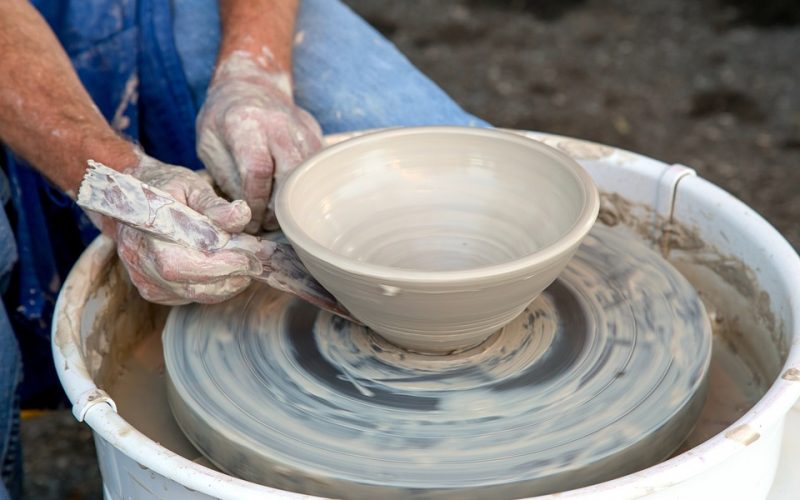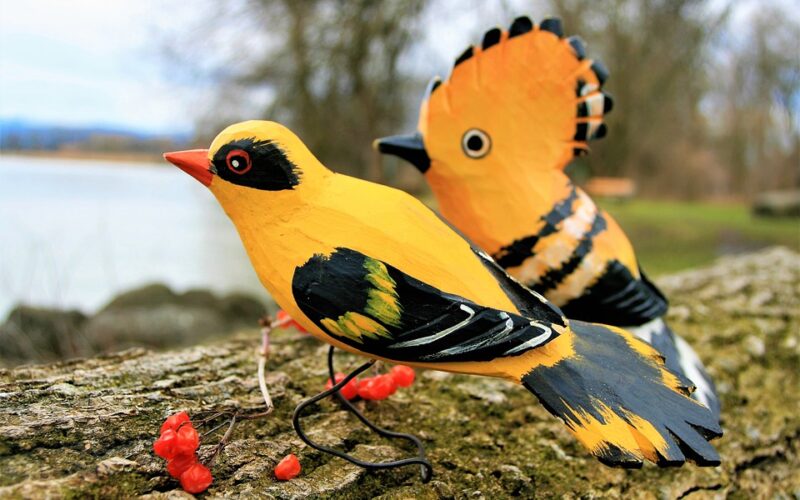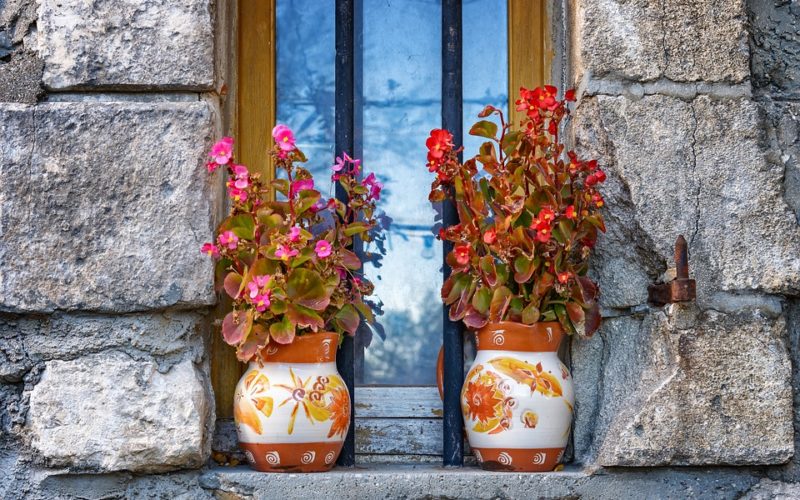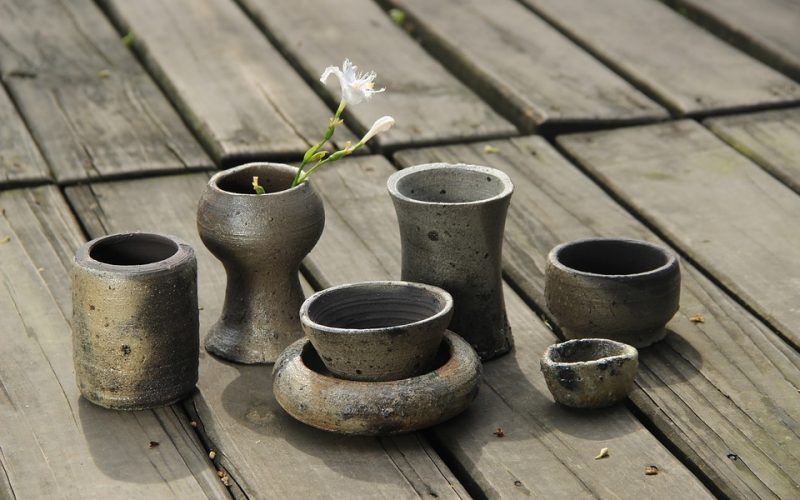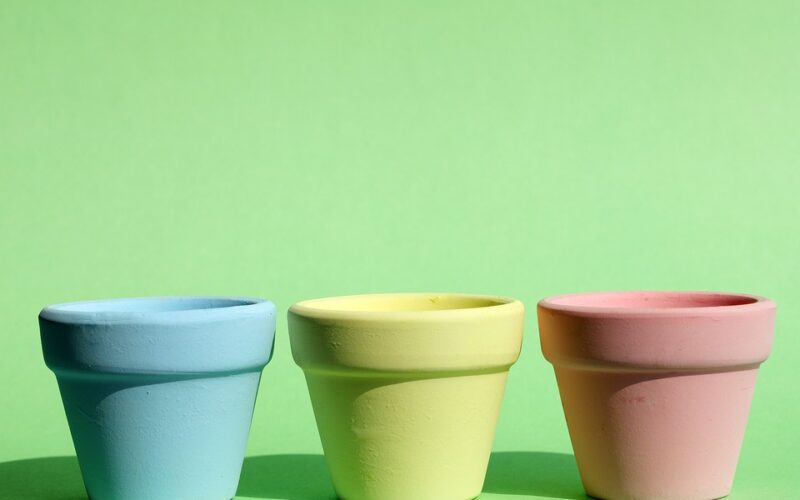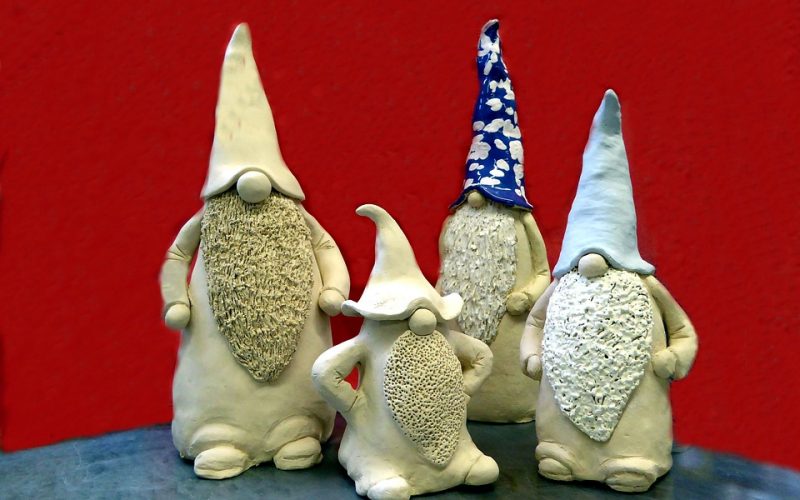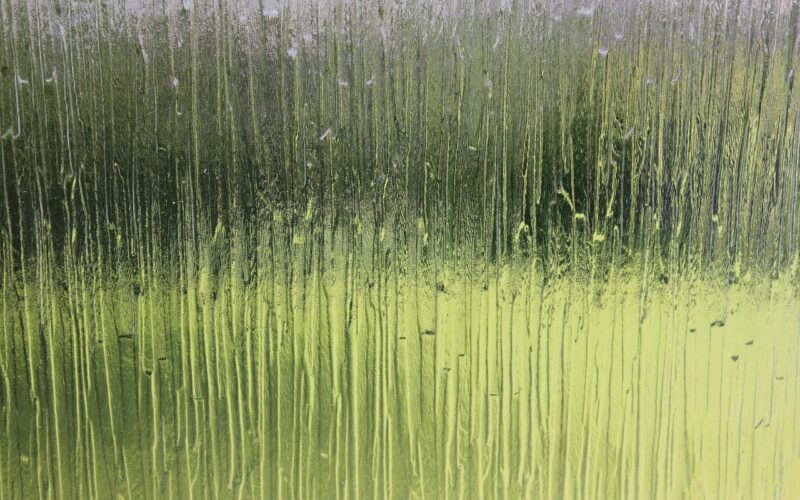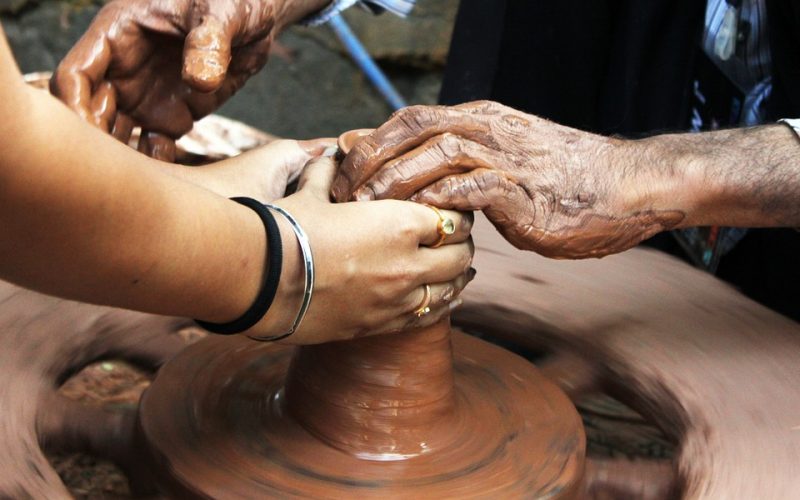Shaping Clay for Art
Shaping clay is an art form that requires both technique and creativity. Professional clay artists often approach it with a deep understanding of the material's properties and the creative vision they wish to bring to life.
They begin with selecting the right type of clay, as each variation has distinct characteristics that influence the texture and durability of the finished piece. Using tools like wire cutters, loop tools, and hands, professionals carefully manipulate the clay into desired shapes. They apply techniques such as coiling, pinching, and slab building to create intricate designs or functional objects.
Professional artists often incorporate advanced techniques like throwing on a pottery wheel, which demands skill and precision to mould the clay into symmetrical forms.
Improvising with everyday objects
In contrast, amateurs may approach clay shaping with a more exploratory and experimental mindset.
Many begin by learning the basic hand-building techniques such as pinch pots, coil pots, and slab construction. These methods allow beginners to get a feel for the material while creating simple forms. Amateurs often experiment with different tools and methods, sometimes improvising with everyday objects to achieve unique textures or designs.
While they may not have the refined skills of seasoned professionals, their work is often characterized by spontaneity and a willingness to explore creative possibilities without the constraints of traditional techniques. This exploratory approach can sometimes lead to unexpected and innovative results.
Glazing and adding colour and texture
Both professional and amateur clay artists must go through the same essential process stages, preparing the clay, shaping it, and allowing it to dry before firing in a kiln. The drying stage is critical, as improper drying can lead to cracks or deformations in the final product.
Once dried, the piece is bisque fired to remove the last traces of moisture, followed by glazing to add colour and texture. Finally, a glaze firing completes the process, merging the glaze with the clay body and solidifying the piece.
Embrace imperfections
One of the main differences between how professionals and amateurs shape clay is the level of detail and finish in the final piece. Professionals might spend countless hours refining their work, adding intricate details, and ensuring a smooth, polished finish.
Amateurs, on the other hand, might embrace imperfections as part of the learning process or as a deliberate aesthetic choice. For many amateurs, the joy lies in the tactile experience of working with clay and the satisfaction of creating something with their own hands, regardless of perfection.
Unique styles and methods
The evolution of clay shaping techniques has been influenced by cultural traditions, technological advancements, and individual innovation. Historically, artisans in different cultures developed unique styles and methods based on the materials available to them and the cultural significance of their work.
Today, modern technology has introduced new tools and methods, enabling both professionals and amateurs to experiment with novel techniques and materials, thus expanding the possibilities of clay art.
A structured introduction to various techniques
Workshops and community classes have become popular venues for amateurs to learn the basics of clay shaping under the guidance of experienced instructors. These classes offer a structured introduction to various techniques, while also encouraging personal creativity and expression.
For those unable to attend in-person classes, numerous online resources provide tutorials and inspiration for clay artists of all skill levels.
Tactile and meditative experience
Shaping clay for art, whether by professionals or amateurs, is a journey of discovery and expression. Each piece of clay is like a blank canvas, ready to be transformed by the hands of the artist.
Whether the goal is to create a functional object or an abstract sculpture, the process of shaping clay is a tactile and meditative experience that connects the artist to a long tradition of craftsmanship and creativity.
